Home>Interior Design>Your Guide to Understanding What Is Polyester Fabric

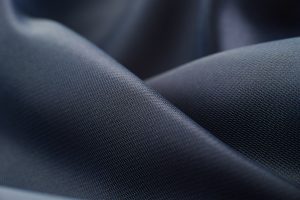
Interior Design
Your Guide to Understanding What Is Polyester Fabric
Modified: December 6, 2023
Get to know what is polyester all about! Know all about its essential uses and how it can transform and beautify your home!
(Many of the links in this article redirect to a specific reviewed product. Your purchase of these products through affiliate links helps to generate commission for Storables.com, at no extra cost. Learn more)
What comes to mind when you hear the word “polyester”? Is it a couch that you’ve been eyeing on Amazon? Or is it the flashy disco polyester outfits seen in Saturday Night Fever? Whatever reminds you of the word, everything listed above demonstrates how pervasive polyester is in numerous industries. From clothing to home furnishings, it has become one of the most dependable materials that you can use.
But what type of material is polyester made of? What are its other applications, and, most crucially, how long will it really last? In this article, we’ll address the answers to these questions, so keep on reading!

What is Polyester?
Polyester fabric is a synthetic fiber that comes from a combination of polymer and ester compounds. Simply put, it is a man-made plastic material derived mostly from petroleum. Such production aims to cater to the need for a durable material for indoor and outdoor use. Compared to other popular types of fabrics, like cotton, polyester is more resistant to water, wrinkling, and abrasion. It is also lighter and more versatile.
As mentioned previously, polyester is widely used in various manufacturing industries. For example, it is one of the most sought-after textiles for apparel products like casual clothes, gym clothes, outdoor clothing gear, and even formal wear.
At home, polyester fabric is also used in home furnishings such as towels, tablecloths, table runners, and curtains. Likewise, this serves as a suitable material in the production of comfy pillowcases, blankets, and bedsheets. Aside from these items, polyester is also one of the main components of upholstered furniture like sectional sofas and couches. The same goes for space-saving and portable storage items like collapsible closets, racks, and shelves.
From food storage to cleaning tools and wood finishings, polyester is also one of the most popular materials being used today. For instance, it is used in making water bottles and food containers. Home maintenance and cleaning tools such as spray bottles, brushes, and dust cloths are also some of the notable items that use polyester. Of course, polyester fiber is also useful for finishing wooden musical instruments like pianos and guitars.
Types of Polyester Fabric
Polyester has two major types. These are polyethylene terephthalate (PET), and poly-1, 4-cyclohexylene-dimethylene terephthalate (PCDT).
Polyethylene Terephthalate (PET)
Commonly referred to as PET, polyethylene terephthalate is the type of polyester that is made from the mixture of ethylene glycol and terephthalic acid. This polyester type is the one often found and used in food and water containers. For instance, it is the main component of items like lunchboxes, disposable bottles of water, juices, and soft drinks.
At the same time, PET polyester is not limited to these items. In fact, PET is also widely used in fabrics. This polyester makes up durable sports and outdoor adventure outfits. It is important not just in the manufacture of outdoor clothes such as hiking jackets and pants, but also that of camping tents, sleeping bags, and hammocks. This is due to polyester’s lightweight, stain-resistant, and quick-drying properties. As a result, these polyester-made products are practical and simple to clean, especially when on a tough outdoor adventure.
PET Outdoor Essentials
It is also worth noting that PET polyester can undergo recycling. As PET serves as the main ingredient in the production of plastic bottles, those that are discarded are recycled as well. This procedure is carried out to produce clothing. To accomplish this, manufacturers and recycling companies first shred the plastic bottles into tiny flakes. These flakes are then subjected to repeated melting procedures until they are filtered. After that, they are spun into thread and fashioned into clothing.
Read more: How To Dry Polyester Tablecloths
Poly-1, 4-cyclohexylene-dimethylene terephthalate (PCDT)
PCDT or poly-1, 4-cyclohexylene-dimethylene terephthalate is also another type of polyester. It is produced through melt spinning. This process refers to the reaction of acid with numerous compounds, including its name, poly-1, and 4-cyclohexylene-dimethylene terephthalate.
PCDT is also useful in producing home textile, décor, and furnishings due to its elasticity. In fact, it is the main component of upholstery furniture. Similarly, this type of polyester is also behind the quality of heavier and high-quality textiles like draperies and curtains. PCDT is also used to make furniture covers and fiberfill in everyday home products such as pillows and comforters.
Factors to Consider when Purchasing Polyester Fabric Furniture
While polyester fabric is recognized for being resilient, durable, and low-maintenance, you need to keep a few things to keep in mind before selecting polyester-equipped furniture. Here are a few factors that you should consider:
Size
Determining the dimensions of the polyester item that you’re planning to get for your home is a no-brainer. It is one of the first things you should do to ensure that it fits the available area. If you have a large room, get a bigger piece of furniture. For example, you may consider filling space with a larger armchair.
However, if you have limited space, getting collapsible and lightweight products is best. Polyester cubby organizers make great storage solutions that are non-obtrusive to your overall interior design.
It is also important to know the overall size of décors that you want to get for convenience and the beauty that they can add to your home. Take the room dividers and wall and bathroom curtains, for example. Installing these polyester materials necessitate an understanding of the amount of space that they may cover. If you want a room divider that can cover half of your space, get one that can be stretched. The same goes for your bathroom curtains. Test how far it stretches to see whether it can cover the area you want it to.
Utility
Another factor to consider is the function that a piece of polyester furniture is designed to serve. If you’re looking for a piece of polyester furniture for storage, get one that is sturdy. It is easy to do this because polyester is already durable, which means that you just have to check if the furniture has stable foundation support. You may try a polyester freestanding and collapsible storage unit for this purpose.
Polyester textile products are also another option to get for your home. Bath towels, rugs, and tablecloths are versatile, which make them highly convenient to have at home. You may use them not just for personal hygiene but also for cleaning. What’s more, they’re easy to wash and maintain. You only need to clean them with water and detergent before drying.
Alternatively, if you’re purchasing a polyester product for outdoor use, make sure it’s made to endure the elements. For example, a polyester outdoor chair is more ideal than a polyester interior recliner. The surface of the former is more waterproof and easier to clean than the latter.
Subsequently, if you’re into gardening or lawn maintenance, consider getting a polyester garden hose since it is specifically designed for outdoor use.
Read more: How To Wash A Polyester Duvet
Comfort
When it comes to picking a new addition for your home, you should never overlook comfort. While polyester is generally durable and low-maintenance, it can nevertheless create discomfort when used. Polyester fabric, for example, is non-breathable and tends to retain odor. This is especially troublesome if you use polyester for apparel. It will cling to your body due to the sweat and dirt that has gathered on it. Simultaneously, the scent of sweat and grime will linger if polyester fabrics are not thoroughly cleaned.
Aside from this, some polyester fabric items like floor rugs and curtains also tend to be stiffer than others. Hence, you must get polyester products that are designed for comfort. You can guarantee comfort with the help of polyester products like a bassinet, fleece blanket, and steel chaise lounge chair.
These items usually have soft cushions and easy-to-clean surfaces. As a result, they’re comfier to use than those that do not have these features.
Aesthetic
Considering the aesthetic value of a polyester item is also a great way to beautify your home. To do this, prioritizing your home’s interior design and style is key. From classic farmhouse to modern and contemporary interior design styles, you can find a polyester item that can complement the look of your home.
For example, you may incorporate a versatile and foldable polyester storage bench ottoman into your space. This piece of furniture suits any home style but is best used to enhance a modern-inspired home. Go for one that has a simple look and a faded shade of pastels to keep with the interior style’s emphasis on functionality.
You may also get a recliner with polyester fabric that complements both your modern and contemporary-inspired home. Its elegant and clean look will add a sophisticated vibe without looking too lavish in a room.
Polyester portable hanging shelves are also an excellent choice if you want to maximize space. Their sturdy and durable material is wrinkle and stain-resistant, making them easy to maintain.
How to Clean Polyester Fabric
If you’re worried about how strenuous cleaning furniture can be, worry not because the polyester fabric is low maintenance. Due to its synthetic surface, this fabric does not easily absorb water. Therefore, simple dusting and washing will usually do the trick.
Despite this, the polyester fabric can still get stained with strong chemicals and oils easily. Mildew can also appear when polyester gets soiled or is stored in areas of high humidity. You may solve these issues by following the steps below.
How to Remove Mildew from Polyester Fabric
Mildew is a type of mold that grows and thrives due to dirt, stale air, moisture, darkness, and sudden rise of temperature. This form of fungus is most often found on wood and fabrics. Natural fabrics like cotton, wool, silk, and linen are all susceptible to mildew.
Even synthetic fabrics like polyester and nylon are prone to it. Mildew can still grow on them if their surface is soiled and dirty. If left untreated, mildew damages a polyester fabric by eating on it, causing discoloration and disintegration. Here’s how to combat this problem:
Things You’ll Need:
For upholstery like sofa and couches, the first thing you need to do is to make sure that their surfaces are clean from strands of hair and dust. Do this with the help of a portable vacuum like the one from Black + Decker. Simply combine a fast-acting bleach, like that of Grab Green, with three parts water. Wipe the suds to the stain with the easy-to-use JIANYI cleaning brush, before wiping the area with a clean damp cloth.
For clothes, you’ll need to mix one part bleach with three parts water. Then, apply the solution to the affected area with a brush and launder it as usual. After that, rinse them with clean water and let them dry. You may do this process on your mildew-affected polyester items like beddings, tablecloths, and accent rugs as well.
Don’t forget to use protective gloves to avoid skin irritation that may occur when handling bleach. To avoid mildew from coming back, it is important to always keep your home clean. You may also get a room humidifier to eliminate moisture in your home.
Read more: How To Wash Polyester Filled Pillows
How to Remove Oil Stains from Polyester Fabric
Polyester is resistant to almost all types of stains, except oil. These stains are usually caused by food. Cooking oil and varnish and tend to cling to fabric. At the same time, they stink up ordinary clothing and household furnishings made of polyester. But, don’t worry because you can fix this problem!
Things You’ll Need:
To begin cleaning your polyester sofas and couches, eliminate excess oil using a scraper like the one from OEMTOOLS. It has a flat razor blade that is effective in removing dried oil stains from polyester fabric. After that, use the Arm & Hammer baking soda to make the stain soft and easy to clean.
Following this, vacuum the stain then apply a safe dry-cleaning solution like the ForceField Fabric Cleaner to it. Allow the solution to settle for a few minutes for proper absorption. Finally, let the upholstery air dry. Do this procedure to clean carpets and rugs as well.
When cleaning oil stains off clothes, you’ll only need to apply a small amount of baking soda on the affected area. Let it soak for 15 minutes to soften the stain. Then, gently scrub the area with your finger, or with cleaning tools like a sponge or brush. To get better results, you may also proceed with washing the fabric with a powerful detergent mixed with warm water. Once the stain is removed, rinse the garment with cold water and let it air-dry.
How to Get Rid of Foul Odor in Polyester Fabric
Polyester fabric, as previously stated, tends to retain odor. This renders garments unclean and uncomfortable to wear for a long time. Unpleasant odor coming from home items such as pillows (and pillowcases), quilts, and blankets also make them unappealing to use. Fortunately, it is easy to solve this.
Things You’ll Need:
Place the polyester garment inside a washing machine filled with warm water to start. Add an effective cleaning detergent and it let run through a full wash. You may try the HEX Performance Laundry Detergent since it has a formulation to suit synthetic fabrics. After that, rinse the item and check to see if the odor is gone. Add a cup of baking soda to the wash and repeat the process if the problem persists. When done, just check it again to see if the odor is finally removed.
To get better results, you may use an air freshener like the one from Fresh Wave to make your clothes, bay cushions, and blankets smell good. It has natural ingredients that can give your clothes a pleasant scent. Essential oils, like the one from Healing Solutions, are also helpful if you want to make a DIY deodorizer for your polyester clothes. Like Fresh Wave, it has natural extracts that make it effective to eliminate foul odors. Just dilute it with water and spray it on your clothes. You may also use these air fresheners to make your polyester sofas, couches, and armchair smell fresh.
How to Soften Stiff Polyester Fabric
Polyester is infamous for being naturally stiff due to its synthetic nature. While this is a beneficial feature in retaining pleats and creases, it may make your items less comfortable to wear. This is especially important if your baby wears polyester clothing. The polyester’s rough surface might cause them to develop skin irritation. Luckily, you can solve this the easy way!
Things You’ll Need:
To soften stiff polyester fabric, you’ll need your washing machine. Mix water with a powerful cleaning detergent like that of Terra Wash and one cup of Lucy’s Family Owned white vinegar. Allow the clothes to finish a full wash with these cleaning agents. After that, rinse the garments and let them dry on a sturdy laundry rack.
Aside from vinegar, you may also use baking soda. Simply repeat the process but replace the vinegar with a cup of baking soda instead. You may try the Earthborn Elements Baking Soda since it is specifically designed not just for cooking but for cleaning household items as well. Next, allow the clothes to soak with the baking soda for 10 to 15 minutes before rinsing and drying. Apart from your clothes, you may also use this method to soften polyester towels, pillowcases, blankets, and tablecloths.
Read more: How To Wash Polyester Fiber Couch Cushions
How to Repurpose Polyester Fabric
Since polyester is a non-biodegradable material, its continued use and manufacture pose a threat to the environment. Irresponsible disposal of these products may result in land and water pollution. This is where repurposing synthetic fabric becomes beneficial. By doing so, secondhand polyester products can be reused rather than left to crowd landfills.
Repurposing does not only mean reusing old polyester products but also refers to using them for an entirely new purpose and function. For example, you may sew your old polyester clothes into newly-designed garments.
Things You’ll Need:
To do this, you’ll need a dependable mini sewing machine like the Janome Horizon Memory Craft. It has great sewing features that come in handy when designing clothes. Use it to transform your old polyester clothes into quilts, rugs, and table runners. If you have toddlers in your house, delight them with gorgeous doll clothing as well! You can accomplish this by reusing old polyester pillowcases and coats.
Similarly, a mini-sewing machine is handy to make DIY fabric storage bins out of old polyester curtains and blankets. You might just need some extra polyester sewing threads and yarns like that of New Brothread and Lion Brand to match the fabric you’re working with. When you’ve finished sewing, use the leftover fabric scraps as stuffing for cushions and fluffy toys!
All in all, polyester is an exceptional fabric with its strength, durability, and versatility. Now that you’ve learned the essential things that you need to know about it, you’ll be more confident in using it. So, what are you waiting for? Give polyester fabric a shot today!
Was this page helpful?
At Storables.com, we guarantee accurate and reliable information. Our content, validated by Expert Board Contributors, is crafted following stringent Editorial Policies. We're committed to providing you with well-researched, expert-backed insights for all your informational needs.
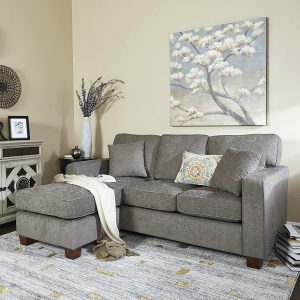
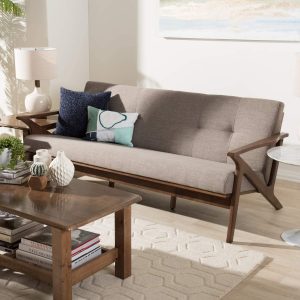
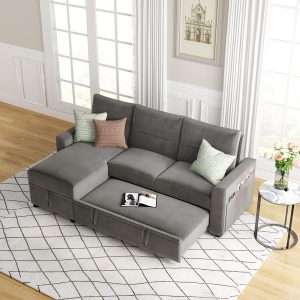
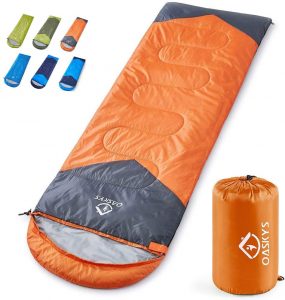
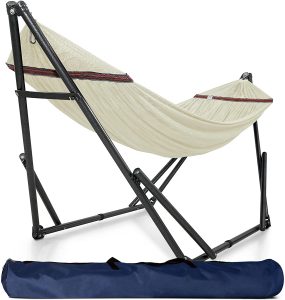
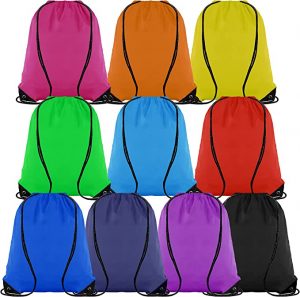
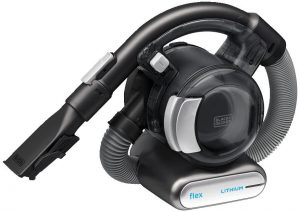
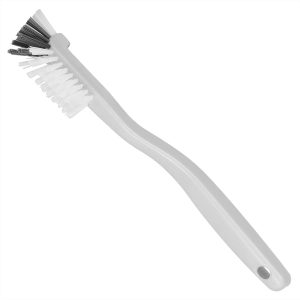
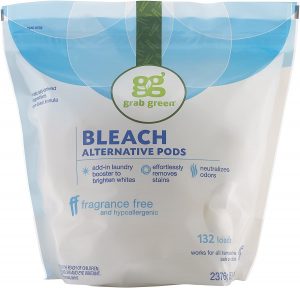
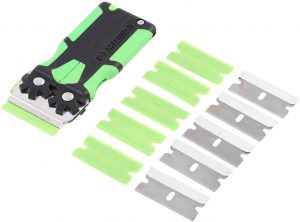
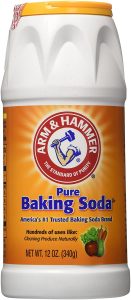
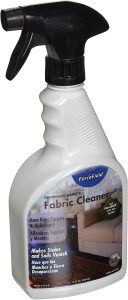
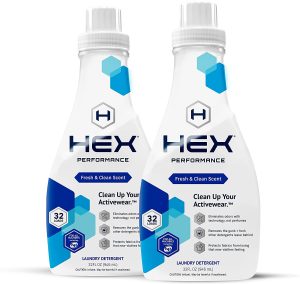
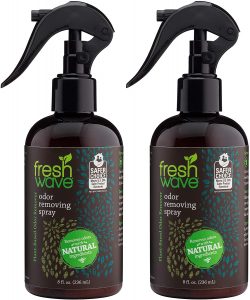
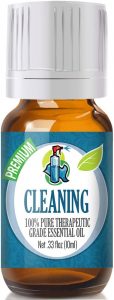
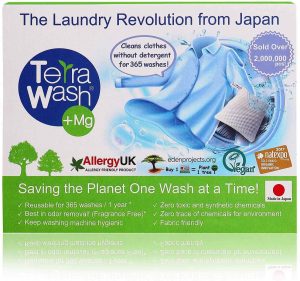
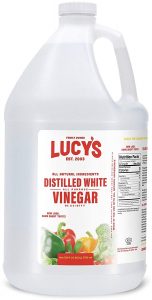
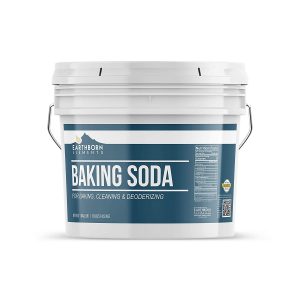
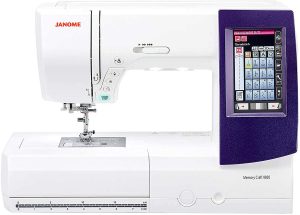
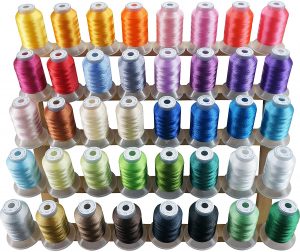
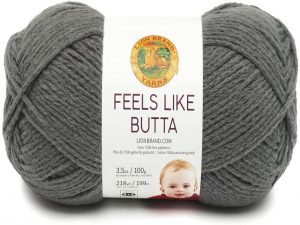
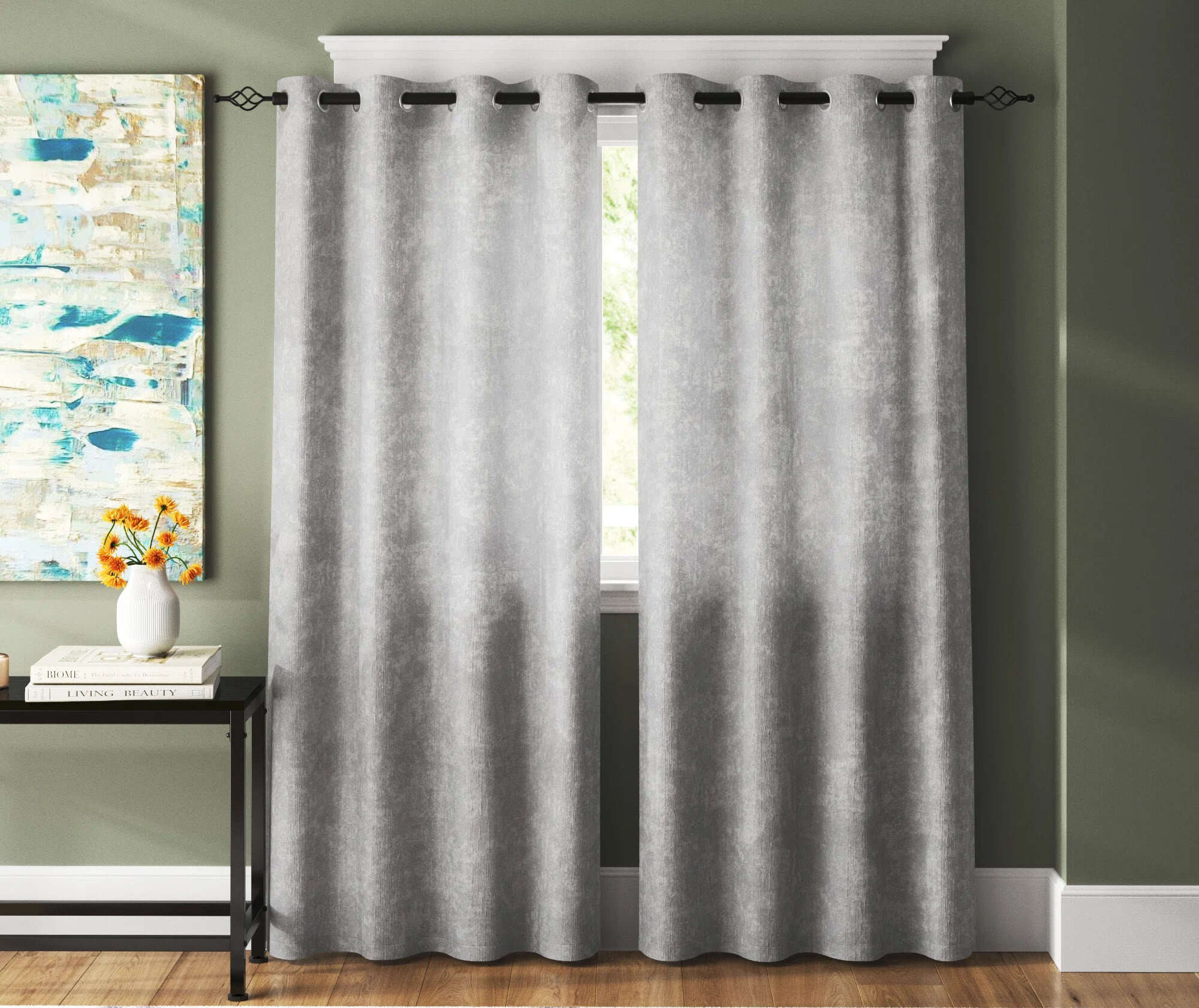
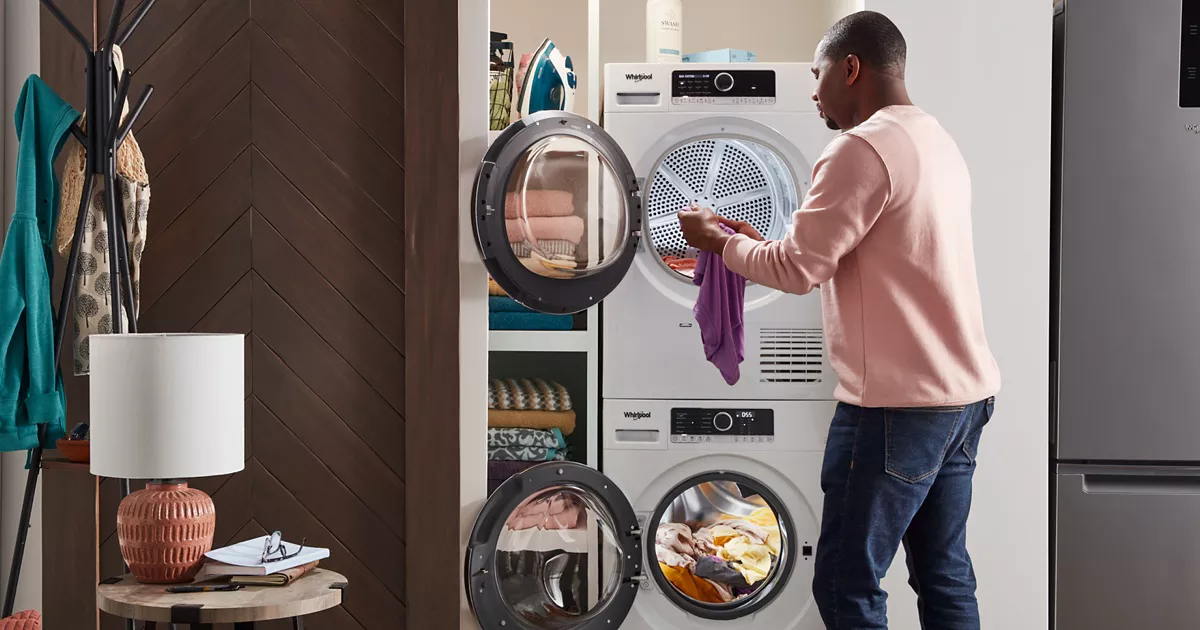
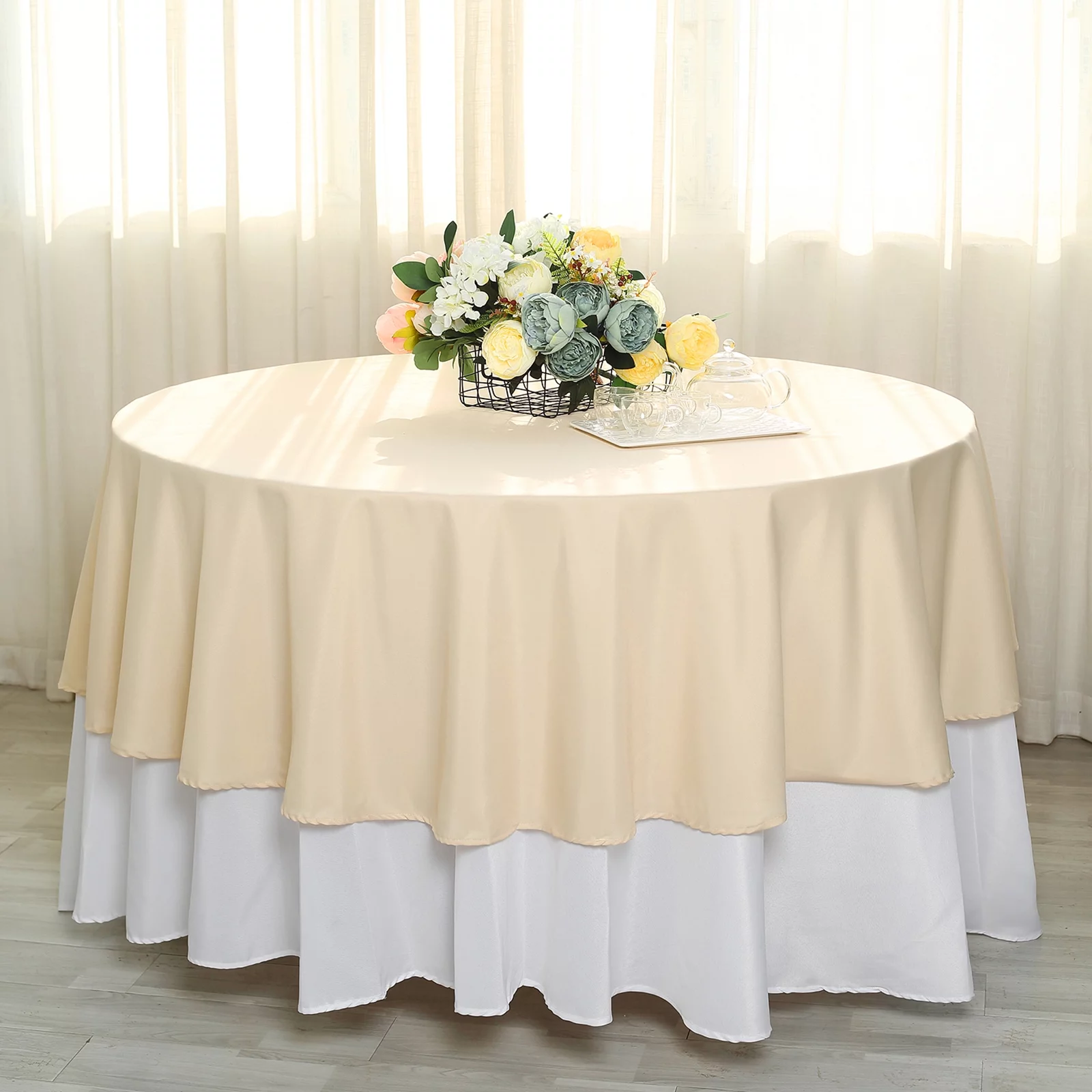


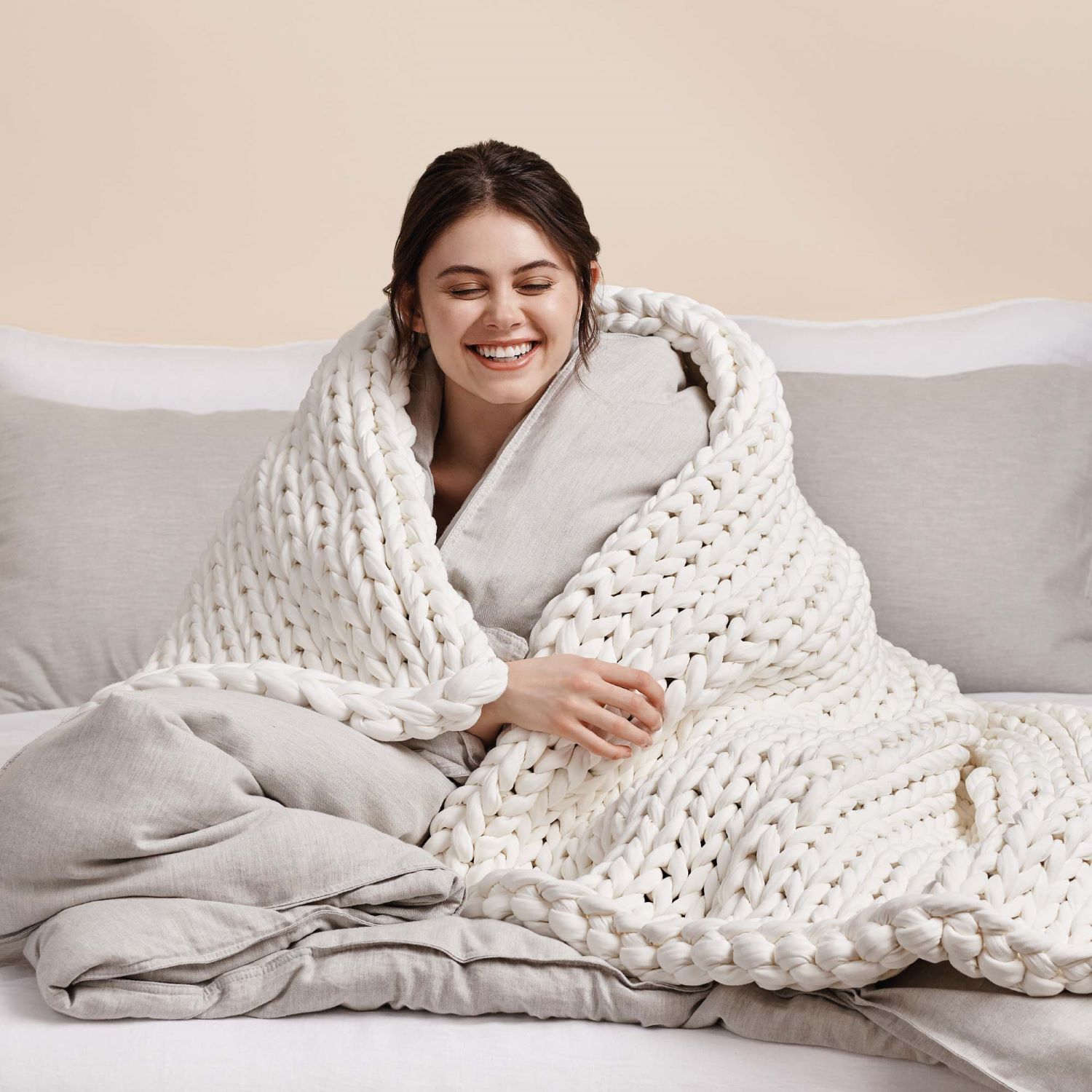

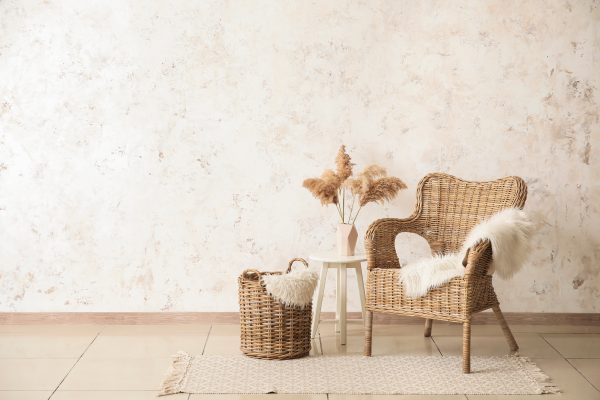
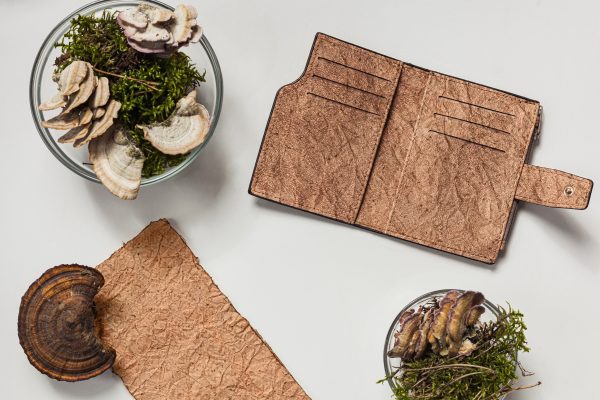
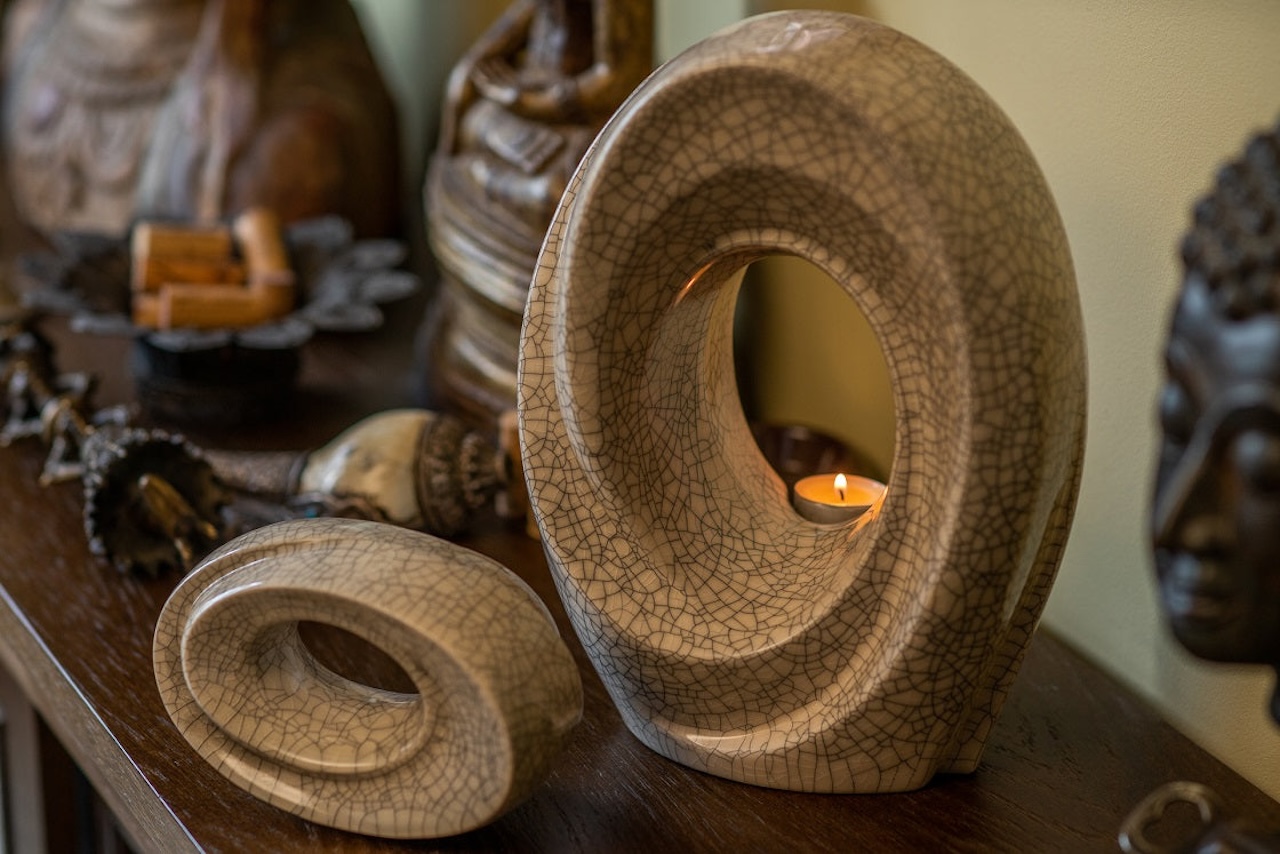
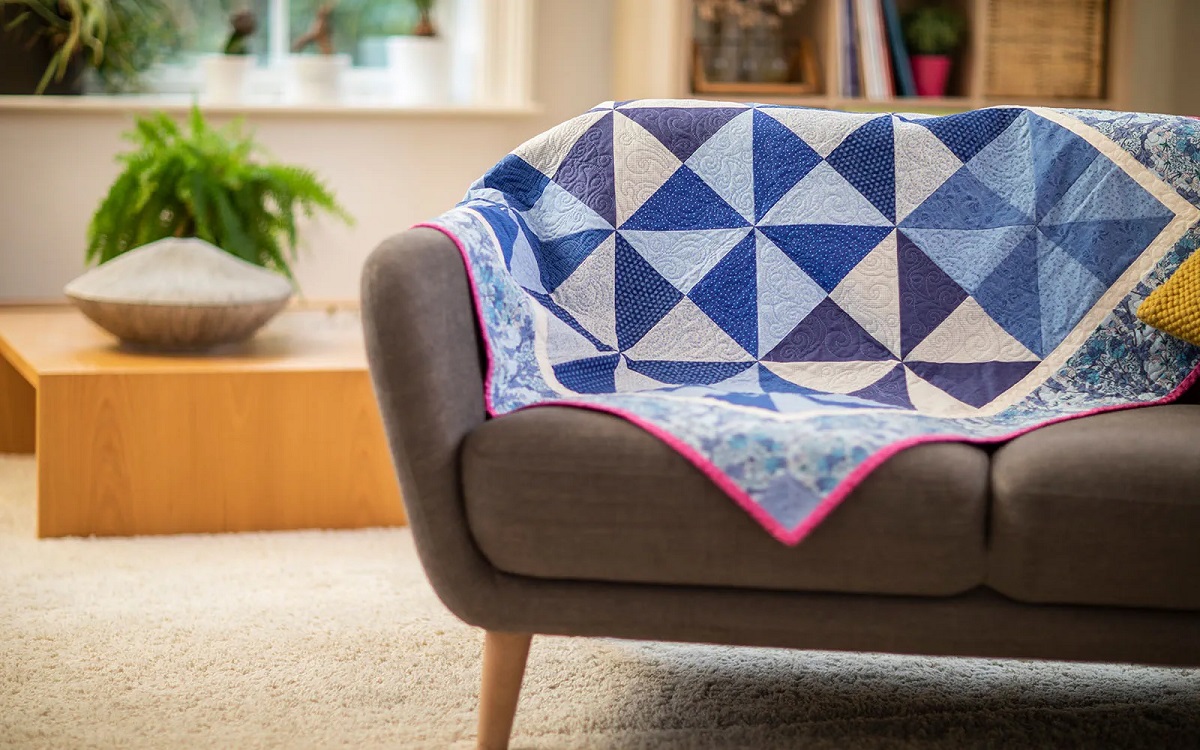

0 thoughts on “Your Guide to Understanding What Is Polyester Fabric”